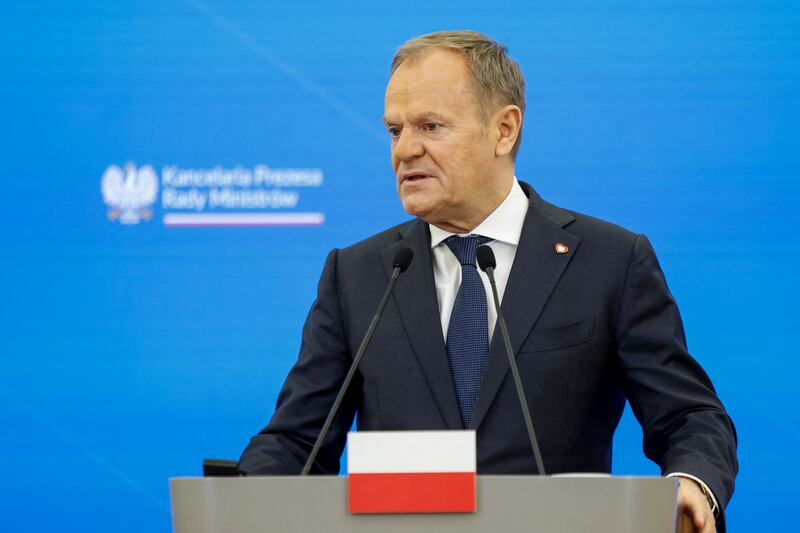The shortcomings of remote communication became pretty obvious early in the pandemic, when days spent going from one video call to another left people feeling stressed and exhausted. Morale and engagement also suffered without normal interpersonal contact and, not unreasonably, many employers felt that bringing people back to the office, especially for meetings, was the way to go. They’re right, but only up to a point.
Meetings are convened for many reasons and there is a hierarchy depending on the purpose. At ground level are basic interactions where information is exchanged and tasks assigned. At the top of the tree are gatherings with complex agendas where a less obvious purpose – to build trust, sentiment and rapport between the participants – is being served in the background.
In high stakes meetings, being face-to-face matters, says Steve Muylle, professor of digital strategy and business marketing at Vlerick Business School in Belgium. If the topic is of a lower order, less so, and voice-only calls or virtual meetings can be every bit as effective at getting the job done.
Always sticking with the same format or dragging remote workers into the office unnecessarily is not going to produce the best results
Prof Muylle and his colleagues, associate professor Willem Standaert from HEC Liège and Prof Amit Basu of the Cox School of Business in the United States, have been looking at the impact of technology on business over an extended period. As part of their research, they have developed a framework to help organisations run meetings more effectively by better matching the “modality” – which could be an audio-conference, a videoconference, telepresence or a face-to-face encounter – to the subject matter.
What it boils down to is that not all meetings are born equal. So, always sticking with the same format or dragging remote workers into the office unnecessarily is not going to produce the best results. Clearly defining the purpose of a meeting and considering its potential cost and environmental impact if people need to travel will go a long way towards deciding which format to choose, Prof Muylle says.
The trio’s research started long before the pandemic and was focused on global companies with distributed workforces that wanted to drive innovation across borders. However, with remote working now a feature of so many sectors, their findings are apposite.

“We were trying to help companies make decisions around the type of meetings required and to consider, for example, whether they needed to fly everyone to a particular location given the time and cost involved if audio or video conferencing or telepresence would be equally effective. Organisations need to understand the impact of each modality and balance both the costs and benefits of each method,” Prof Muylle says.
“Before Covid, around 40 per cent of meetings were mediated with technology,” he adds. “With Covid, that jumped to nearly 100 per cent. Over the next few years it is expected to settle at around 75 per cent, not least because of the benefits to the planet, to the cost base with no air fares or hotel bills, and also because it’s much more flexible and meetings can be set up faster.”

What will the easing of bankers’ pay restrictions do for competition dynamics?
The study uncovered some interesting nuggets. For example, if a meeting involves a big group or it’s going to last more than an hour, then a visual component becomes more important to keep people focused and engaged. If it’s a small group discussing a routine matter in less than an hour, an audio-only meeting may suffice.
Meetings are less likely to be effective if people are participating in different ways, with some dialling in and others together in the same room. But what can work well, especially where travel and accommodation costs are a consideration, is to bookend projects with in-person meetings – but let all of the other conversations in between happen remotely.
It’s to do with what you say to someone before the meeting or what you say after it, and how the conversation continues if you grab a coffee together
“If people just want to exchange information, hearing the other person and sharing a screen with them will probably be enough. There is no added value in seeing each other,” Prof Muylle says. “But if it’s about innovation or generating ideas or initiatives or it’s more towards the emotional side of things – giving feedback or building teams and trust – then other capabilities become important. For example, seeing people’s faces, their expressions, their gestures, their body language and who or what they’re looking at,” he says, adding that being together matters more where there is an exchange of confidential, sensitive or private information, or where conflicts or disputes need to be resolved.
All of this gets a bit trickier to navigate when teams are distributed, as video-conferencing has its limitations – everyone is staring straight ahead and the whole process feels stilted. So, in these circumstances, is face-to-face the only solution? Not necessarily, says Prof Muylle, who points to the capabilities of cutting-edge technologies such as telepresence, which uses carefully positioned cameras and highly sophisticated directional audio and video feeds to make people feel as if they are in the same room.
Remote meetings can achieve a lot, but one of the things they can’t do is reproduce what Prof Muylle describes as “ancillary interactions”, or the casual exchanges that happen naturally when people meet.
“It’s to do with what you say to someone before the meeting or what you say after it, and how the conversation continues if you grab a coffee together,” he says. “All of these ancillary interactions help to build trust and relationships, so you also have to decide how important this is, or not, to what you’re trying to achieve.”












